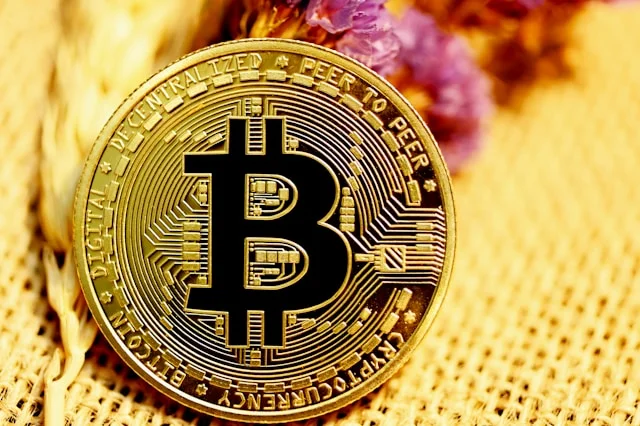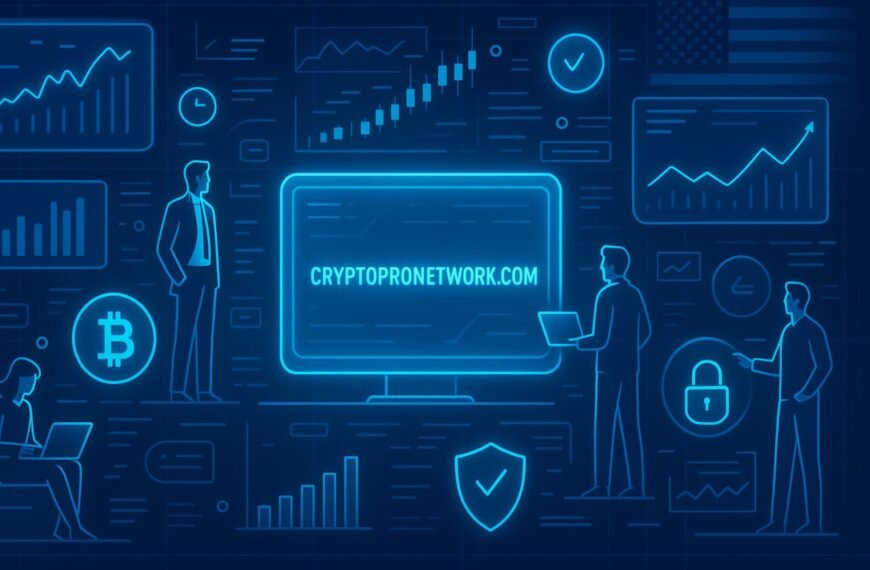Bitcoin mining is one of the most critical functions of the Bitcoin network. It’s not just a way to earn BTC—it’s how the entire system remains secure, transparent, and decentralized. Whether you’re exploring mining for the first time or looking to deepen your knowledge, this guide will help you understand how to mine Bitcoin step by step, while highlighting risks, rewards, and how to sell your BTC easily using platforms like CoinEx.
What is Bitcoin Mining?
Bitcoin mining is the process by which new Bitcoin (BTC) enters circulation and transactions are verified on the blockchain.
Why Mining Matters
Miners use high-powered computers to solve complex mathematical problems. Each time a problem is solved:
- A new block is added to the blockchain
- The miner is rewarded in BTC
- All transactions in that block are validated
Mining is the backbone of Bitcoin’s security and decentralization. Without it, the network would be vulnerable to fraud and manipulation.
How to Get Started
Starting your Bitcoin mining journey doesn’t require guesswork. Here’s a clear roadmap.
Step 1: Choose Your Mining Method
There are three common ways to mine Bitcoin:
1. Solo Mining
- You mine on your own using personal equipment.
- Pros: Full control and reward
- Cons: Expensive and competitive; lower success rate
2. Pool Mining
- You join a group of miners and share rewards proportionally.
- Pros: More frequent, steady income
- Cons: Shared rewards and minor pool fees
3. Cloud Mining
- You rent mining power from a third-party provider.
- Pros: No need for physical hardware
- Cons: Less control; potential for scams or low profits
Step 2: Invest in Mining Hardware
To mine Bitcoin profitably, you’ll need ASIC (Application-Specific Integrated Circuit) miners. Popular models include:
- Bitmain Antminer S19 Pro
- WhatsMiner M30S++
Key considerations:
- Hashrate: Higher hashrate means faster mining
- Energy efficiency: Lower power consumption = higher profit
- Initial cost: Ranges from a few hundred to several thousand dollars
Step 3: Set Up a Secure Wallet
Your earnings need a safe home. Wallet types:
- Hardware wallets: Secure offline storage (e.g., Ledger, Trezor)
- Software wallets: Mobile or desktop apps (e.g., Electrum)
- Exchange wallets: Such as a CoinEx financial account, perfect if you plan to sell or trade your BTC easily
Step 4: Choose Mining Software
Mining software connects your hardware to the Bitcoin network or mining pool. Top options include:
- CGMiner
- BFGMiner
- EasyMiner
Look for real-time monitoring and compatibility with your equipment.
Step 5: Join a Mining Pool (Optional but Recommended)
For most new miners, pool mining is the best entry point.
What to consider:
- Fee structure: Typically 1–2%
- Payout method: PPS (Pay Per Share), PPLNS, etc.
- Reputation: Choose a pool with solid uptime and transparency
Risks of Bitcoin Mining
Mining Bitcoin is not without its challenges. Here are the main risks to understand before you begin.
High Initial Investment
Buying mining equipment, setting up ventilation and cooling, and securing power sources can cost thousands. ROI depends heavily on Bitcoin’s price and your power costs.
Energy Consumption
Mining uses substantial electricity. Without affordable power, profits can quickly disappear. In some cases, mining becomes unprofitable.
Volatility in BTC Prices
Since your reward is in Bitcoin, market fluctuations impact your income. A drop in the BTC/USDT price may reduce your returns—even if your mining setup remains efficient.
Technical Complexity
From managing firmware updates to cooling issues and internet connectivity, miners often face downtime or reduced performance without proper maintenance.
Regulatory Uncertainty
In some countries, Bitcoin mining is regulated, taxed, or even banned. Always check your local laws before investing in mining operations.
How to Sell Bitcoin
Once you’ve mined BTC, selling it safely and efficiently is the next step. Choosing the right platform makes all the difference.
Why Use CoinEx?
The CoinEx exchange is a trusted global platform that offers:
- A user-friendly interface
- Secure and fast transactions
- An integrated CoinEx financial account for smooth BTC management
Steps to Sell BTC via CoinEx Spot Exchange
Here’s how to convert your mined Bitcoin into usable funds on CoinEx:
1. Create a CoinEx Account
Go to CoinEx.com, sign up, and complete identity verification (KYC) to unlock full features.
2. Deposit Your BTC
Transfer BTC from your mining wallet to your CoinEx financial account. Always double-check the wallet address and network.
3. Navigate to the Spot Exchange
On the homepage, click Spot and choose the BTC/USDT trading pair.
4. Execute a Trade
- Use a Market Order for immediate execution
- Use a Limit Order to set your preferred sell price
- Enter the BTC amount you want to sell and confirm the order
5. Withdraw or Reinvest
After selling:
- Withdraw USDT to your linked account via supported methods
- Or reinvest in other crypto assets on the CoinEx platform
The CoinEx exchange makes this process seamless—ideal for miners looking to convert rewards into real-world value quickly and securely.
Conclusion
Mining Bitcoin is more than a tech pursuit—it’s a way to be part of a decentralized future. With the right hardware, a solid mining plan, and thoughtful risk management, mining can be rewarding both financially and personally.
And when it’s time to sell your mined BTC, the CoinEx exchange gives you a secure, efficient, and trustworthy platform to do so. Simply choose the BTC/USDT pair in the spot trading section, and you’re ready to turn your digital work into tangible gains.
Start mining smart. Stay informed. And let CoinEx handle the final step—turning your BTC into value.









